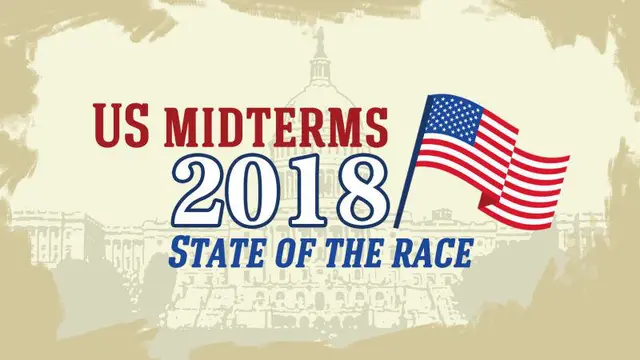Australians continue to face health inequalities based on how wealthy they are and where they live, according to a healthcare report by the Council of Australian Governments (COAG) Reform Council released Monday.
Speaking at the Future Directions in Health Conference in Perth, Councillor Sue Middleton said the inequalities overshadow otherwise good results.
"Overall our report finds that on the basis of measures like life expectancy and infant mortality, we enjoy some of the best health and best healthcare in the world," said Middleton.
"But this is not true for all Australians and, until it is, there is work to be done," she added.
According to the report, the smoking rate for Australians is now 16.5 percent, down from 19.2 percent four years ago. But smoking rates remain higher in rural and remote and disadvantaged areas compared to wealthier parts of the country's major cities.
"Looking at our major cities, one in 10 people who live in higher socio-economic areas smokes, compared to one in five in the most disadvantaged areas in our major cities. "But when you combine disadvantage with rural or remoteness the figure is a shocking one in three," said Middleton.
The number of heart attacks also dropped 16.2 percent overall, but rates for Indigenous Australians were reported at about three times higher than for non-Indigenous.
Primary healthcare and preventive healthcare also saw an improvement according to the report, with the rate of potentially preventable hospitalizations falling. However, preventable hospitalizations were found to be two and a half times higher in very remote areas.
A gap was also reported between how long Australians in disadvantaged areas have to wait for elective surgery compared to those in wealthier areas. In 2010 to 2011, the gap grew to 11 days.
At the end of the waiting list, in the most disadvantaged parts of Australia the gap grew from being 50 days to almost 100 days longer.
 简体中文
简体中文

